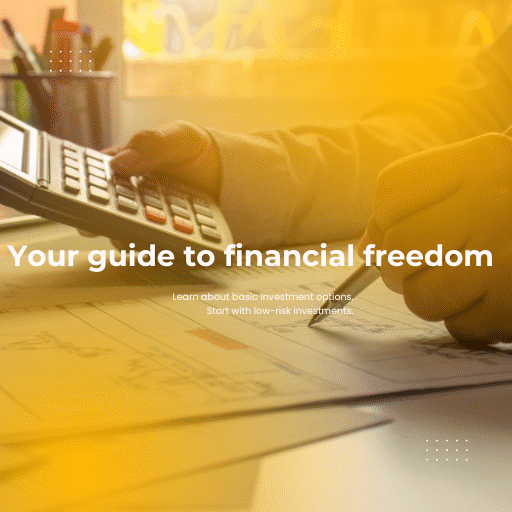Creating a family budget that everyone in the household can follow is essential for financial stability and harmony. It requires open communication, commitment, and a clear plan that aligns with the needs and goals of each family member. Here are some practical steps to help you create a family budget that everyone can stick to.
Firstly, sit down with your family members and have an honest discussion about your financial goals and priorities. Understanding each other’s needs and aspirations will help in shaping a budget that works for everyone.
Next, gather all financial information, including income sources, expenses, debts, and savings. This will give you a clear picture of your current financial situation and help you identify areas where you can make adjustments.
Once you have a comprehensive view of your finances, set realistic and achievable financial goals as a family. Whether it’s saving for a vacation, paying off debt, or building an emergency fund, having clear objectives will motivate everyone to stick to the budget.
After setting goals, create a budget together that outlines your income, expenses, and savings plan. Make sure to allocate funds for essential expenses such as housing, utilities, groceries, transportation, and healthcare before budgeting for discretionary spending.
It’s crucial to involve all family members in the budgeting process to ensure everyone feels included and responsible for sticking to the plan. Assign roles and responsibilities based on each person’s strengths and interests to foster a sense of ownership.
Track your expenses regularly to monitor your progress and identify any areas where you may be overspending. Use budgeting tools or apps to simplify the tracking process and make adjustments as needed to stay on track.
Encourage open communication about financial matters within the family. Regularly discuss your budget, address any concerns or challenges, and celebrate achievements together. Transparency and collaboration are key to maintaining a successful family budget.
Consider setting aside a portion of your budget for fun activities or treats to reward yourselves for sticking to the plan. Having small incentives can make budgeting more enjoyable and sustainable in the long run.
Incorporate flexibility into your budget to accommodate unexpected expenses or changes in income. Having a buffer for emergencies or fluctuations in expenses will help you stay on track without derailing your financial goals.
Review your budget regularly, ideally on a monthly basis, to assess your progress and make any necessary adjustments. Life circumstances and financial priorities may change, so it’s important to adapt your budget accordingly.
Encourage savings habits within your family by setting aside a portion of your income for savings and investments. Establishing a savings mindset early on will help secure your financial future and prepare you for unexpected expenses.
Seek professional advice if you’re struggling to create or stick to a family budget. Financial advisors can provide guidance on budgeting strategies, debt management, investment opportunities, and long-term financial planning tailored to your family’s needs.
Remember that creating a family budget is a collaborative effort that requires patience, discipline, and mutual respect. By working together towards common financial goals, you can achieve financial stability and peace of mind for your family’s future.
In conclusion, creating a family budget that everyone follows is a proactive step towards financial well-being and unity within the household. By following these steps and fostering a culture of financial responsibility and teamwork, you can create a budget that meets your family’s needs and aspirations while promoting financial harmony and security.

